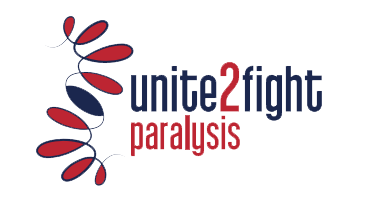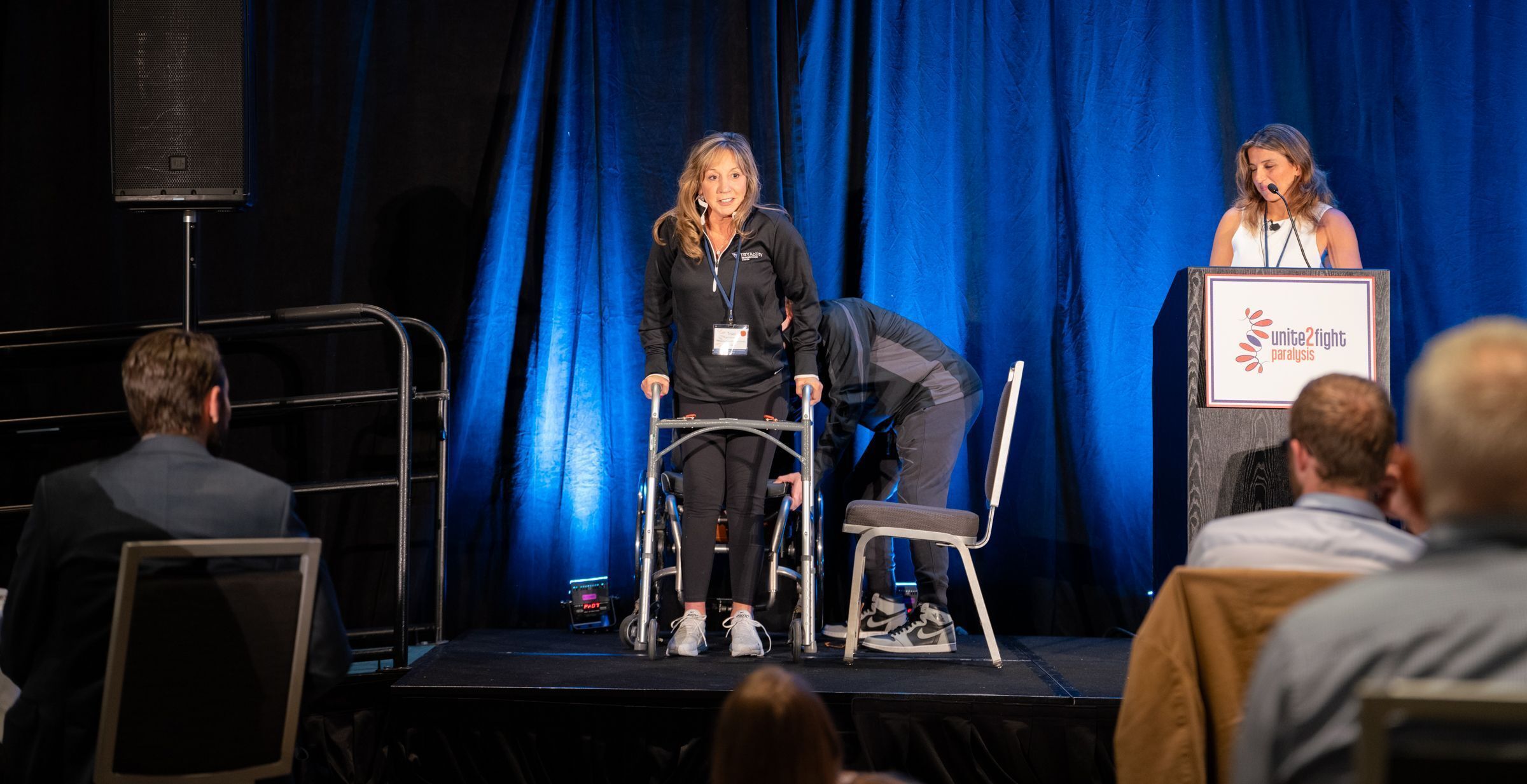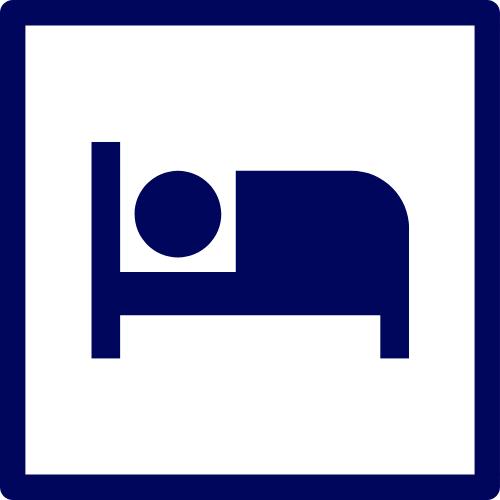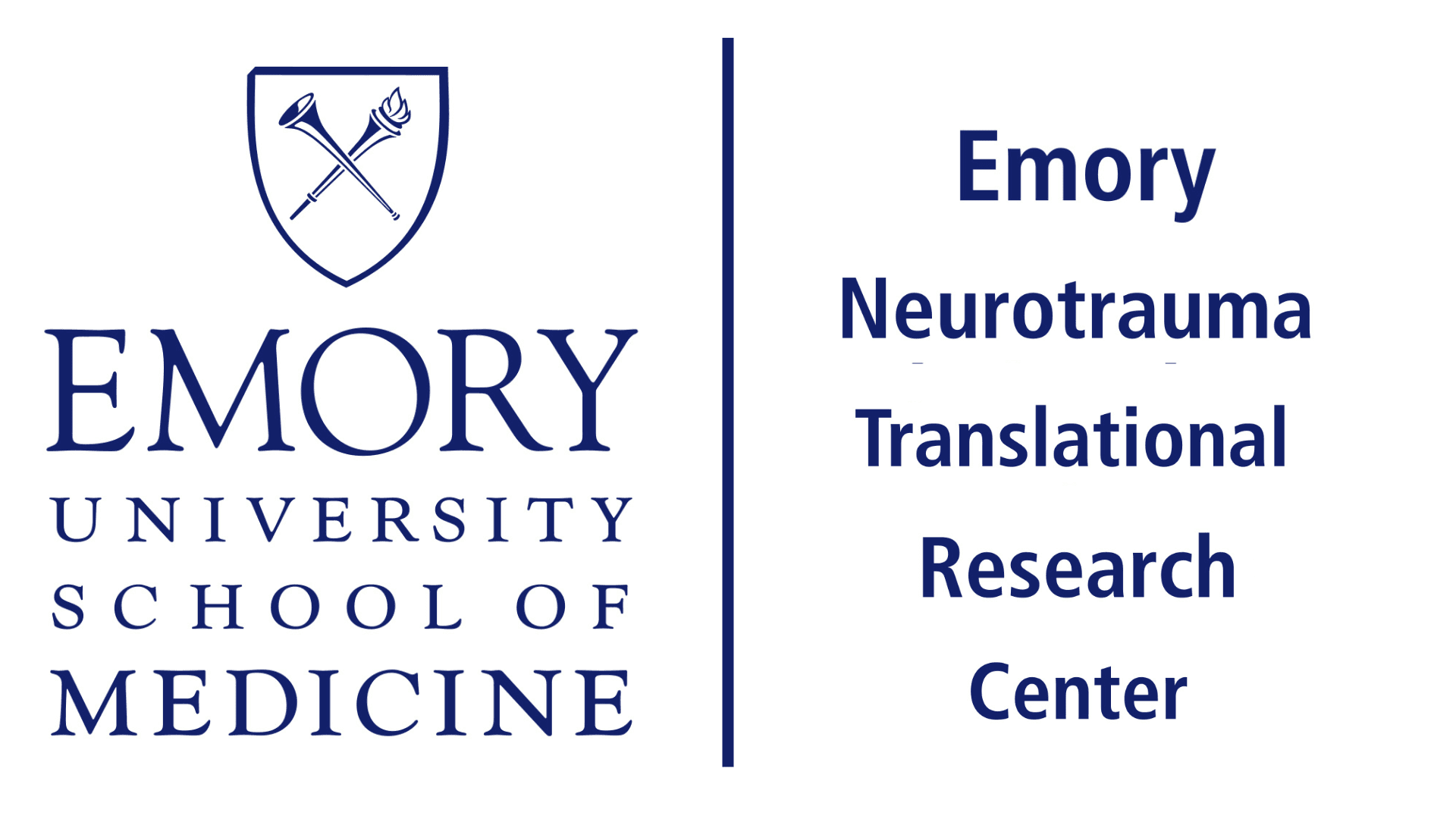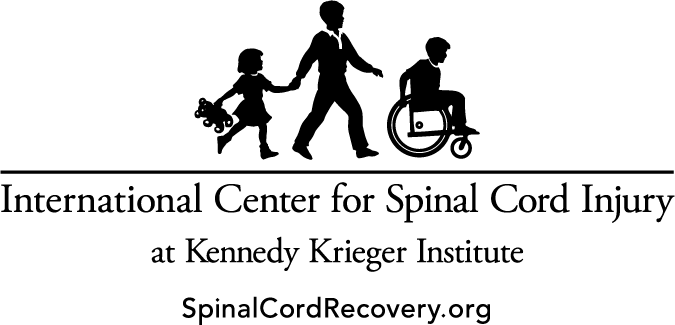
Elizabeth Bottorff, PhD
Postdoctoral Researcher, Biomedical Engineering Department, University of Minnesota
Abstract
Can spinal cord stimulation improve sexual function after SCI?
Sexual dysfunction is a common consequence of spinal cord injury (SCI), yet interventions targeting sexual arousal remain scarce. Despite its ranking as a high priority to restore, there are few treatments for sexual dysfunction. Existing interventions tend to emphasize reproduction, disproportionately emphasizing male ejaculation. This discrepancy overlooks the crucial role of sexual arousal in fostering a fulfilling sex life, which contributes significantly to overall well-being among men and women. Recent findings from the Epidural STimulation After Neurologic Damage (E-STAND) trial suggest that epidural spinal cord stimulation (eSCS) can restore aspects of sexual arousal, including orgasm.
Currently, as an addendum to the E-STAND trial, we are investigating the potential of eSCS to facilitate psychogenic arousal, which refers to becoming aroused through mental stimuli. Participants with SCIs between C6 and T10 undergo eSCS placement at the L1 – S1 spinal segments. At routine follow-up visits, participants watch a semi-randomized sequence of neutral and erotic videos, alternating with stimulation on or off, while their genital and subjective arousal is measured. We hypothesize that participants will exhibit an increased genital and subjective arousal response when eSCS is active.
The stimulators are positioned to target the L1 – S1 spinal segments which control the lower extremity muscle groups. There is an overlap between these segments and those controlling sexual arousal. Although eSCS likely modulates some of these fibers, the precise mechanisms are unclear. By assessing the immediate effects of eSCS on various aspects of sexual arousal, we may be able to discern which neural fibers are responding to eSCS. This research introduces novel methods that will lay the groundwork for developing validated outcome metrics for sexual function in individuals with SCI. Furthermore, we aim to use these outcome metrics to identify optimal stimulation parameters for facilitating psychogenic arousal.
Team members: Elizabeth Bottorff, PhD, David Darrow, MD, MPH, Tay Netoff, PhD, Tara Nash, MSN, RN Srinidhi Satish, MPH
Funding sources: Minnesota Office of Higher Education, NIH NINDS
Publications:
- Shackleton C, Samejima S, Miller T, Sachdeva R, Parr A, Samadani U, et al. Effect of epidural spinal cord stimulation on female sexual function after spinal cord injury. Front Neurosci. 2023 Apr 5;17:1155796.
- Darrow D, Balser D, Netoff TI, Krassioukov A, Phillips A, Parr A, et al. Epidural Spinal Cord Stimulation Facilitates Immediate Restoration of Dormant Motor and Autonomic Supraspinal Pathways after Chronic Neurologically Complete Spinal Cord Injury. Journal of Neurotrauma. 2019 Aug;36(15):2325–36.
Bio
Dr. Elizabeth Bottorff serves as a Postdoctoral Researcher in the Biomedical Engineering Department at the University of Minnesota. She earned a Bachelor of Science in Bioengineering from the University of Pittsburgh where she studied the effect of microstimulation of the dorsal root ganglia on feline hindlimb kinematics. Afterward, she attended the University of Michigan earning her PhD in Biomedical Engineering. Her doctoral thesis focused on peripheral neuromodulation, specifically addressing female sexual dysfunction after spinal cord injury. Dr. Bottorff utilized animal and clinical models to analyze the genital hemodynamic response to tibial and genital nerve stimulation before and after neurological damage. Currently based in Minneapolis, her research now extends to investigating the effects of epidural spinal cord stimulation on sexual arousal and pelvic organ function in individuals with spinal cord injuries, employing similar techniques.
